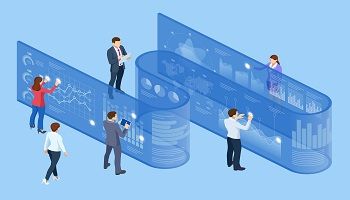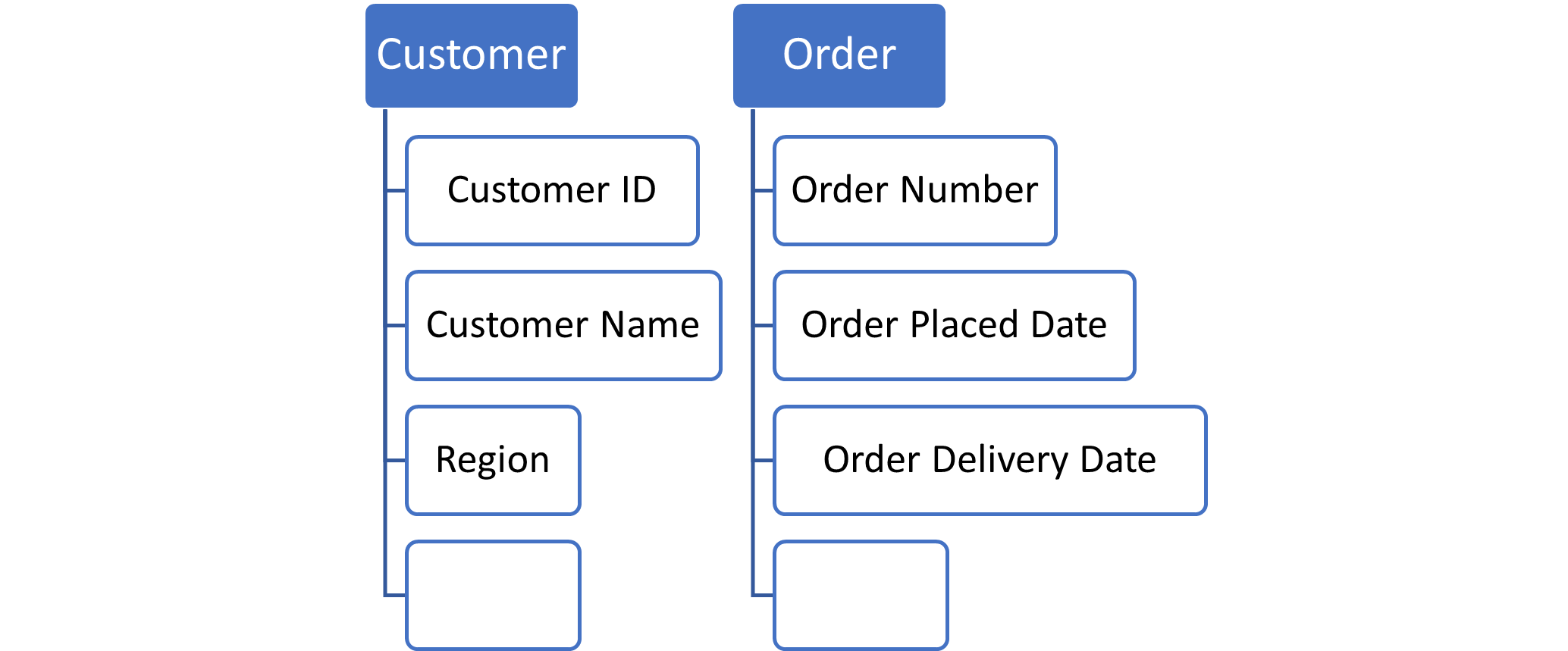Best of BATimes: 7 Warning Signs that You Are Too Soft
Simple question: Do you believe that you tend to be too soft at work?
What I mean by too soft is demonstrating behavior that results in being consistently less effective than what is otherwise possible—and needed—in performing responsibilities.
Whenever I ask this question at conferences, seminars or webinars, most people respond with a “yes.” From experience, I have found most project managers and business analysts, indeed, to be too soft—they are not willing to make the tough and unpopular project- or business analyst-related decisions, even though their instincts warn them that they are not taking the most effective action.
Being too soft harms your effectiveness, your career, the respect from others and your ability to make a difference and make things happen.
Examples of Too-Soft Behavior
Here are seven examples of too-soft behavior. Do you see yourself here? If so, this article may cause you to leave your comfort zone.
1. You behave as if you have the responsibility but without the authority
If you behave as if you have the responsibility but without the authority, then you’re too soft. I do face time with thousands of people each year. I frequently hear project managers and business analysts say that they have the responsibility but not the authority. This just isn’t true. You almost always have the authority; the problem is that you don’t take it.
Here’s an example. When was the last time you were called on the carpet—challenged—for exceeding your authority? Was it within the last week? The last month? The last year? Was it ever? My experience is that less than 15% of people in a large group—a statistically valid size group—have ever experienced being confronted for exceeding their authority. This is sad to me. But what is sadder is that, statistically, most people reading this article will never experience being called out on exceeding their authority across their entire career! My assertion is that you almost always have the authority—you just don’t seize it… you’re too soft.
2. You put off insisting on and driving good project management or business analyst practices
Whether I’m in a public setting or at a private company, it’s common for PMs or BAs to approach me for advice about their project problems. During the discussion, many times it’s relevant for me to ask about the project management or BA practices that they follow. I often hear them say that the practices they follow are weak and insufficient. They will state or imply that management in their organizations isn’t doing enough to provide and continuously improve the practices.
I’ll ask them what their role on the project is and they will tell me that they are the PM or a BA. If you are in either of these roles, then insisting on and driving good practices is your job. Not management’s. Not anybody else’s. It’s your domain of responsibility. You can seek help if you need to but the buck stops with you. If you do not insist on reasonable practices then you’re too soft.
Advertisement
3. You complain rather than constructively work issues to closure
I don’t believe that you should ever complain about anything—ever! Complaining is negative energy and adds no value to solving the issue at hand. People who complain are exhibiting too-soft behavior by averting truly getting the problem fixed. But make sure you understand what I mean by complaining. An example of complaining is when person A complains to person B about something that person C can fix. In this case, person A just wasted his time and person’s B’s time. However, if person A “complains” so-to-speak to person C—the person who can fix the problem—then this is not complaining to me. This is the first step of the solution by informing the person who can do something about it.
4. You evade taking a position on issues
If you evade taking a position on an issue, you’re too soft. A role of leaders is to help resolve conflict among team members. They take appropriate business-based positions on issues even if it doesn’t please all parties. Let’s look at an example.
I was mentoring Sarah who was a project manager of a sizeable project. We were walking through a hallway heading to a room where a meeting was soon to take place. We come upon two team leaders—Laura and Larry—discussing an issue in the hallway. Actually, discussing is too kind of description; they were angry at each other and loudly protesting the other’s views. Upon seeing this, Sarah leaned in to me and asked if I would mind if we join in on their discussion. Sarah said we have a few minutes before we must be in the meeting room. I said that that’s a good idea and we joined the two team leaders. After standing with the two team leaders and listening for a few minutes, Sarah turns to me and said we have to go; she did not want to be late for the meeting.
Once we were out of hearing range of the two team leaders, I asked Sarah why she didn’t say anything back there to help resolve the conflict. Sarah said if she had sided with one team leader then the other team leader would have been upset with her. I said that’s not how it works. Besides you now have both people upset with you because you did not assert your authority and help find an appropriate resolution. I went on to tell her if she sided with Laura and that left Larry upset with her, that’s not her problem—it’s Larry’s problem. I said never avoid taking a position because you fear that someone won’t like you. This is business, it’s not personal. Decisions are made based on what’s in the business’ best interest; not what’s in Larry’s best interest. Here again, Sarah was too soft in dealing with this situation which meant she was not as effective as she could be and should be.
5. You avoid or excessively delay making key decisions
Decision making is a critical action in any team, project or organization. We all have experienced instances where we felt decisions were being made far too slow. Make sure that you aren’t the problem. If you avoid or excessively delay making key decisions then this is another example of demonstrating too-soft behavior.
If you wait to make a decision until all data is known to ensure that you are making the very best decision, then you will lose all competitiveness. Better to make a decision and occasionally be wrong, then make no decision or excessively delay in making the decision.
6. You fail to perform your assignment as if you own the business
When you look around you for the people who you respect the most, they are likely folks who come to work each day with the mindset that they perform their duties as if they owned the business—and the business is defined by their domain of responsibility. If you have ever owned your own company, you will know exactly what I mean. You cannot put food in your belly or pay your bills unless you are successful. It’s this passion that helps people achieve their best. These are people who make things happen.
They believe—and their actions demonstrate—that the buck stops here and that they are fully accountable for the project or their assigned domain. Your boss and your senior management want you to take charge over your domain of responsibility with the passion that comes about when you behave as if you owned the business. If you hesitate or routinely pull back then, again, you are demonstrating too-soft behavior.
7. You require the personal approval of others to function
You are too soft if you personally require the approval of those around you to function from day-to-day—and without it you feel inadequate—then you will likely find their behavior to have an immobilizing effect on you; it can stop you in your tracks. Don’t ever give that kind of power to another person. What other people think of you should never be more important than what you think of yourself.
In Closing…
I have revealed seven examples of too-soft behavior. If you routinely exhibit these too-soft behaviors, then you’re clearly too soft—you tend to take the easy way out rather than do the right thing by demonstrating the most effective behavior. If you only occasionally slip into this behavior, then that may not be a serious cause for alarm.
If you fear that not being too soft will cause you to be “too hard” and therefore you will be seen as being rude, insensitive, abrasive, arrogant or a bully… don’t go there. You are a good and decent person and will not give way to these behaviors.
You might be asking yourself if an upside of demonstrating too-soft behavior is that you might win friends and respect? After all, if you are consistently too soft, those you work with will see you as very easy to get along with and passive—you’re always rolling over and abdicating to others. The problem is that if you’re a leader and are consistently demonstrating too-soft behavior, you will lose respect from those you lead, and from your peers and from your superiors. Being too soft will also have a negative effect on your project’s outcome because the best business decisions are not always made or made in a timely manner. All this can lead to your career becoming stagnant or even shortened.
Now, go become your imagined self!



